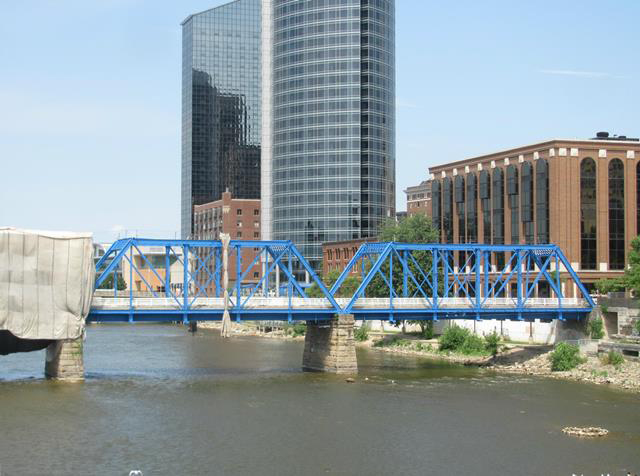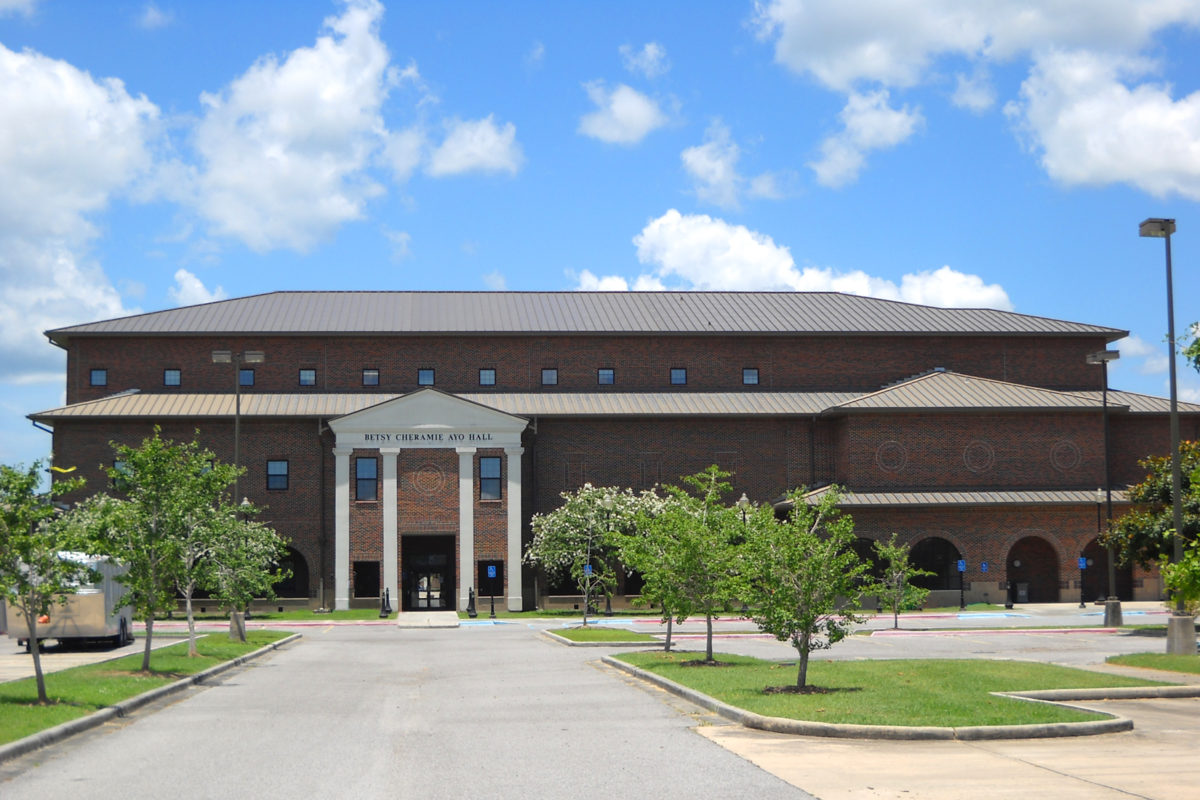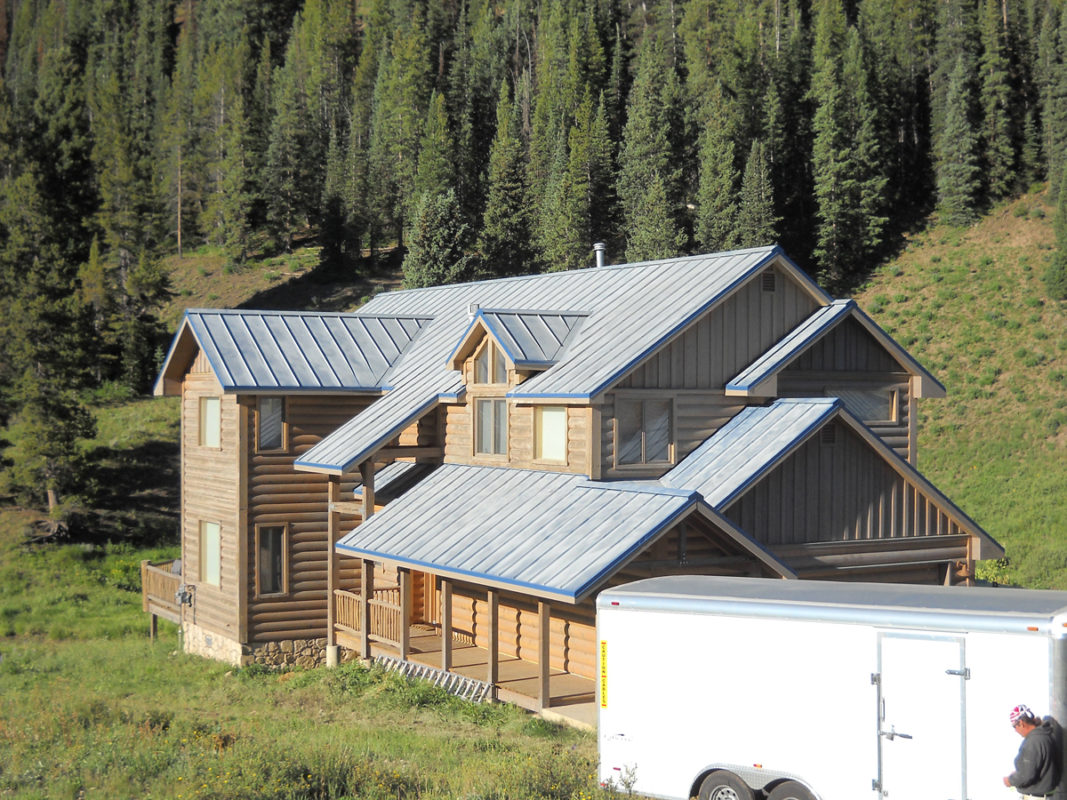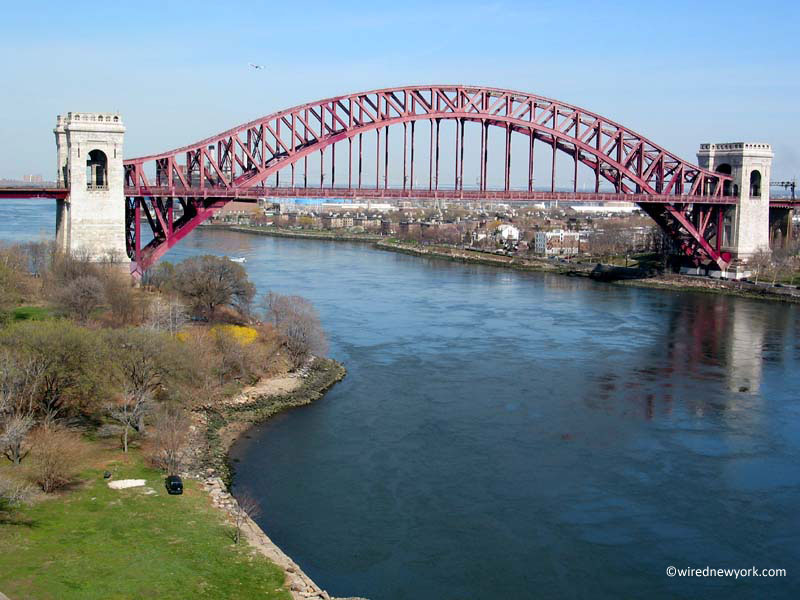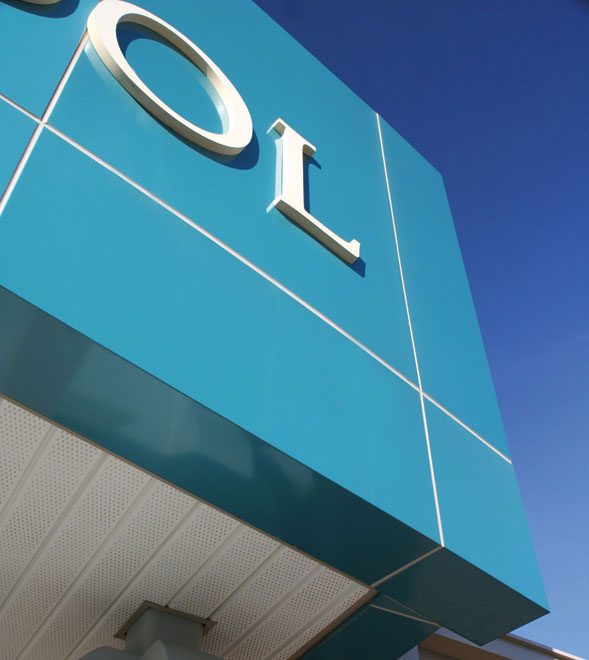The city of Grand Rapids is home to most of the metal truss bridges in Michigan. Above the Grand River sits the famous “Blue Bridge,” which connects downtown with local museums and Grand Valley State University. Formerly a double railroad bridge, the Blue Bridge was converted to a footbridge to encourage non-motorized traffic. The Blue Bridge was repainted in 2013 containing Tnemec’s Fluoron...
Lumiflon FEVE Resins Featured On The Blue Bridge
Categories Bridges
